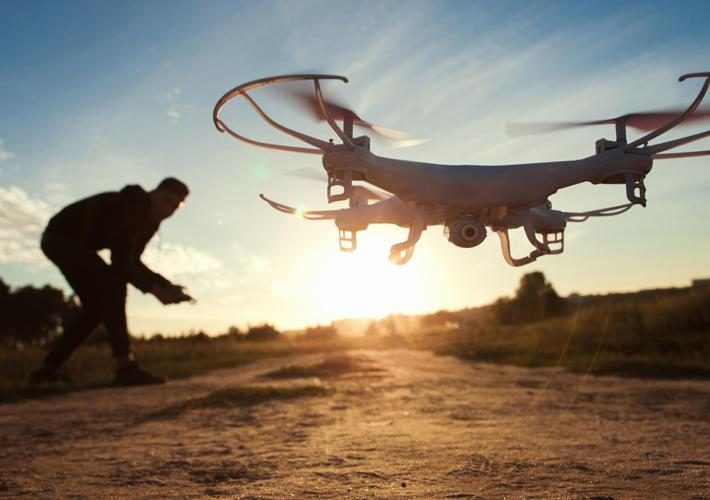Standards body ASTM International has announced the publication of its standard specification for remote ID and tracking, also known as Active Standard ASTM F3411, developed by subcommittee F38.02. The standards document is available in pdf and hard copy formats at a cost of USD85.
According to the organisation:
“A highly anticipated standard has been published that aims to satisfy the growing demand for better identification and tracking of unmanned aircraft systems (commonly known as drones) in airspace systems worldwide. Similar to the function of a car license plate, the Remote ID standard supports technology that allows the general public and public safety officials to identify a drone using an assigned ID while preserving privacy of the operator’s personal identifiable information.
“This specification covers the performance requirements for remote identification (Remote ID) of unmanned aircraft systems (UAS). Remote ID allows governmental and civil identification of UAS for safety, security, and compliance purposes. The objective is to increase UAS remote pilot accountability by removing anonymity while preserving operational privacy for remote pilots, businesses, and their customers. Remote ID is an enabler of enhanced operations such as beyond visual line of sight (BVLOS) operations as well as operations over people.
“…This specification defines message formats, transmission methods, and minimum performance standards for two forms of Remote ID: broadcast and network. Broadcast Remote ID is based on the transmission of radio signals directly from a UAS to receivers in the UAS’s vicinity. Network Remote ID is based on communication by means of the internet from a network Remote ID service provider (Net-RID SP) that interfaces directly or indirectly with the UAS, or with other sources in the case of non-equipped network participants. This specification addresses the communications and test requirements of broadcast or network Remote ID, or both, in UAS and Net-RID SP systems.
“This specification is applicable to UAS that operate at very low level (VLL) airspace over diverse environments including but not limited to rural, urban, networked, network degraded, and network denied environments, regardless of airspace class.
“This specification neither purports to address UAS operating with approval to use ADS-B or secondary surveillance radar transponders, nor does it purport to solve ID needs of UAS for all operations. In particular, this specification does not purport to address identification needs for UAS that are not participating in Remote ID or operators that purposefully circumvent Remote ID.”
For more information




